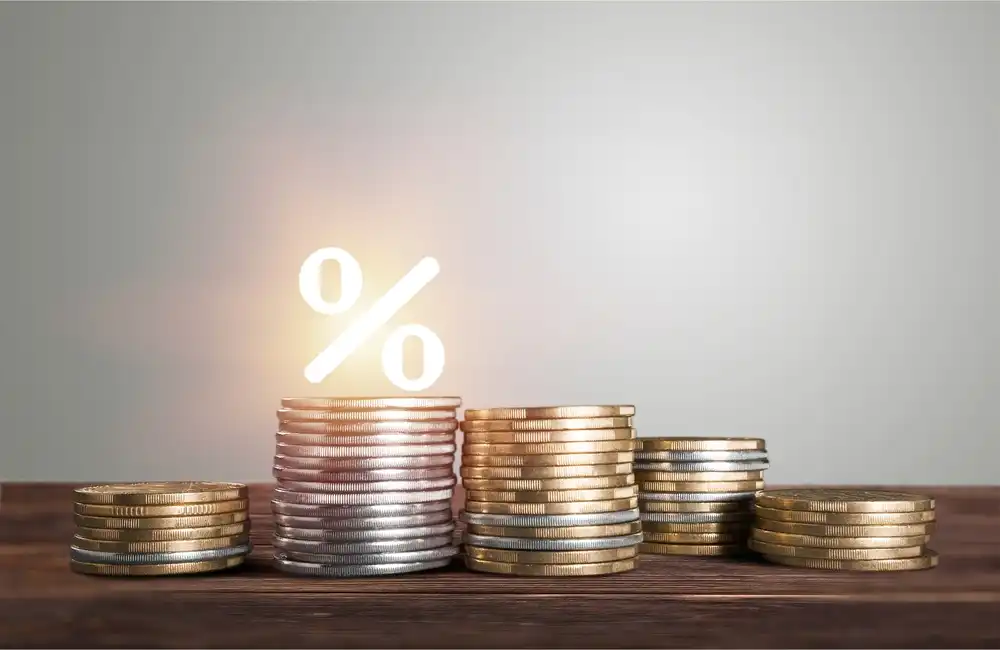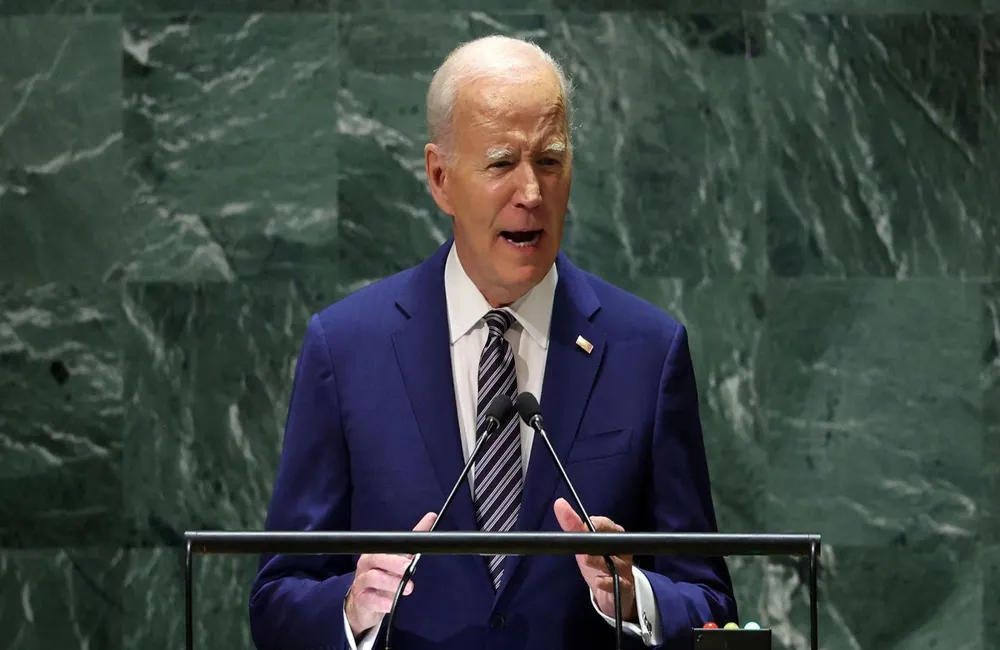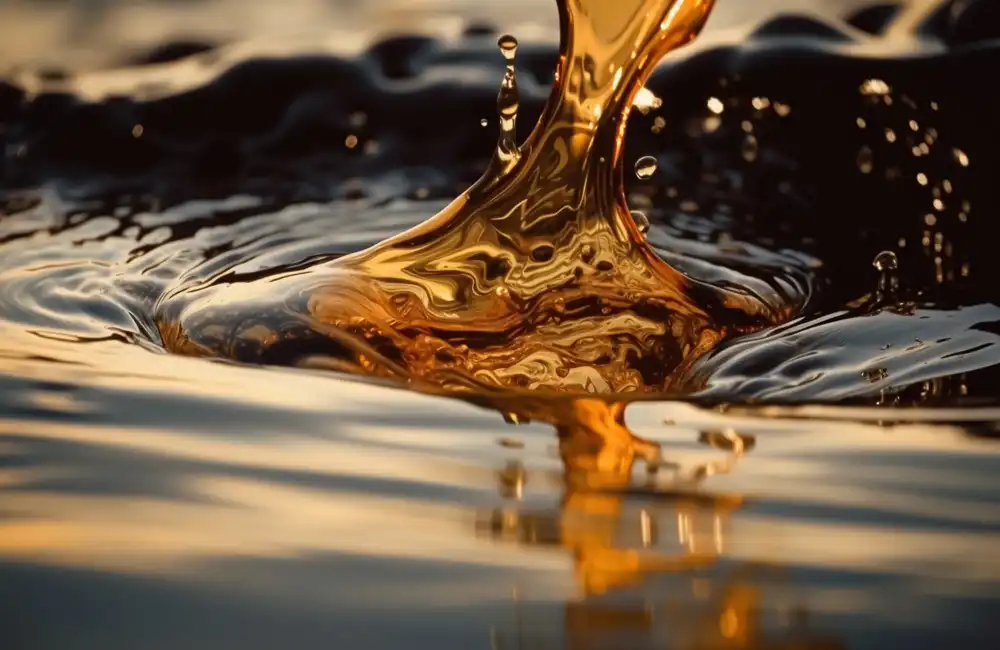In his three-hour blitz through the Nov. 11 UN Climate Change Conference, US President Joe Biden highlighted the global ripple effects that the Inflation Reduction Act will have in lowering the cost of clean energy outside US borders.
“Our investments in technology, electric batteries, and hydrogen are going to set off a chain reaction of innovation that is going to reduce the price and improve the performance of clean energy technology that will be available not just in the United States, but around the world,” Biden said. We’re going to help make the transition to a low-carbon future affordable for everyone, and accelerate decarbonization beyond our borders.
The president’s speech was intended to reinforce the US’s leadership role in the global energy transition following better-than-expected returns for his party in the US midterm elections. And while the IRA itself caps all spending behind US borders to the chagrin of the world’s developing nations that are begging for funding for loss and damages, Biden followed through with a visit to Sharm el-Sheikh, Egypt, this week to trumpet both the downstream impacts that his party’s new policies will have on global decarbonization’s price tag.
With $368 billion now on tap, the IRA turns a fire hose on investments in clean energy technologies. It also extends tax credits for solar and wind, expands tax credits for capturing and storing carbon, creates new tax credits for clean hydrogen, invests in a domestic precious metals industry, and, among many other things, subsidizes the adoption of electric vehicles by Americans.
These domestic investments could indirectly affect the global transition to net-zero in a few ways. The clean hydrogen tax credits have already led to both US and European electrolyzer companies expanding their manufacturing footprints in the US. And they made the United States a probable exporter of low-carbon hydrogen and ammonia.
Combine that increased domestic production capacity with increased hydrogen export capacity, and suddenly, cheap hydrogen fuel flows around the world and can trigger hydrogen demand to explode.
For example, on Nov. 8, Plug Power executives explained the company is racing to erect several green hydrogen production plants in the US over the next year, in part because of the IRA credits. And in October, the Belgian green hydrogen company Tree Energy Solutions said it was expanding to the US, where it hopes to send US hydrogen abroad in the form of green methane.
The clean hydrogen tax credits are expected to push the cost of hydrogen into negative territory when piled on top of renewable energy tax credits, several analyses of the law say. Add in the $3/kg tax credit to the 30 percent investment tax credit or 1.5 cents/kWh production tax credit that any project capable of producing zero-emissions power will now receive as well through new clean electricity tax credits, and subsidies for hydrogen could add up to $4.50/kg.
As assessed by Platts on Nov. 10, the cost of green hydrogen generated via PEM electrolysis was $4.55/kg (including capex) on the US Gulf Coast, and alkaline electrolysis was priced at $3.49/kg.
“I came to the presidency determined to bring transformational changes that are necessary that America needs to make and we need to do for the rest of the world to break through decades of opposition and obstacles,” Biden said.
EU-US trade concerns
While the IRA has made the US the most attractive market for clean energy investments, it has raised concerns among European leaders worried about an IRA-driven trade war between the US and EU.
EU and US leaders established the US-EU Task Force on the Inflation Reduction Act in October "to address specific concerns raised by the EU concerning the IRA," according to an Oct. 26 press release.
The task force held its initial meeting in early November. But throughout the first week of COP27 in Sharm el-Sheikh, fears of a potential trade war lingered. Speaking during a press conference on Nov. 9, Anthony Agotha, a cabinet member of Aliens Timmermans, the European Commission’s executive vice president, spoke of “discriminatory elements” in the IRA.





















